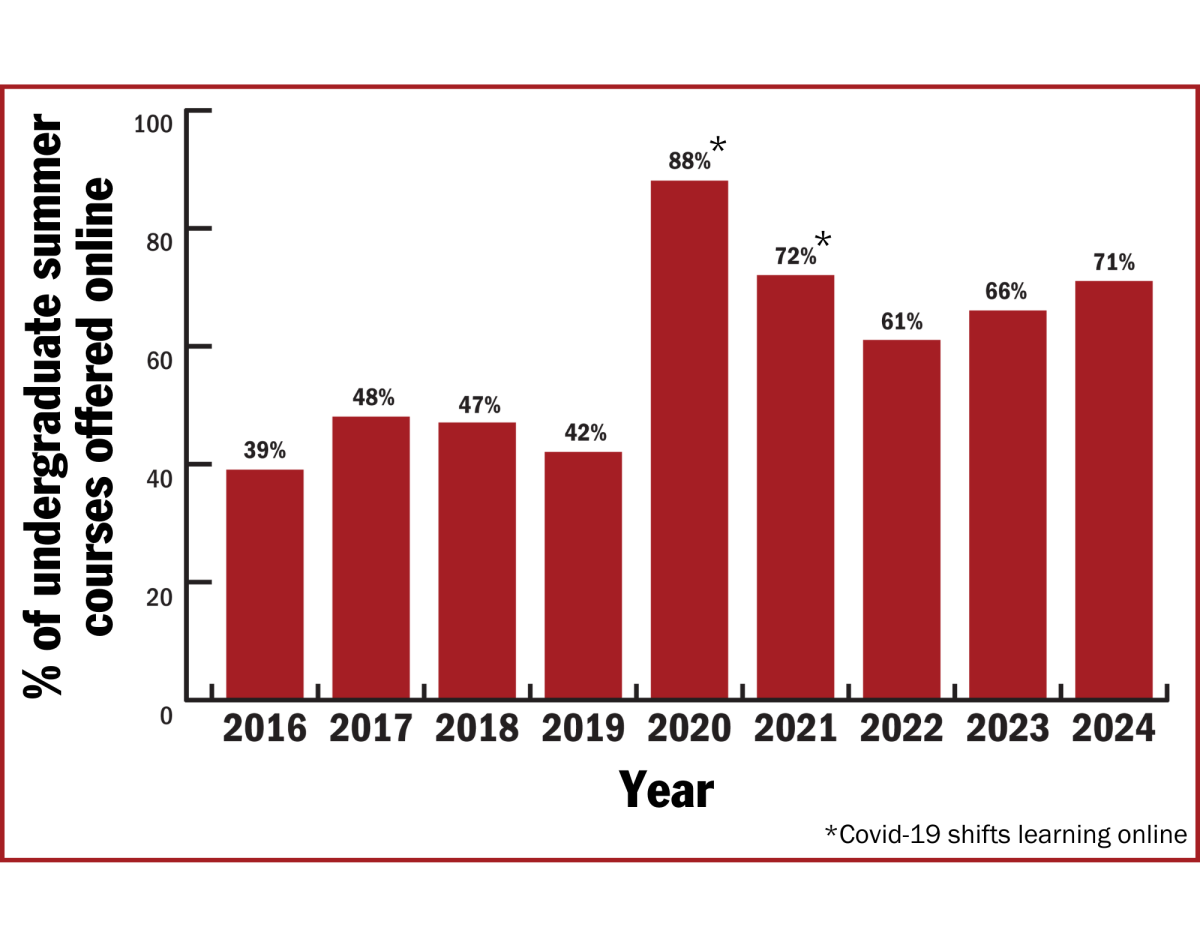Todd Erkis is a visiting professor of finance at St. Joe’s who writes weekly columns answering students’ financial questions.
This is the final column of this three-part series on taxes. This week, we will discuss details about filing federal taxes and how federal taxes are computed, asked by Julia O. ’22, economics major.
Filing federal taxes can be scary, but mostly everyone can file their taxes by themselves without paying for a professional tax preparer. Tax software is helpful and there are free versions that you can use (irs.gov/filing/free-file-do-your-federal-taxes-for-free). However, professional help may be needed if you own a business or have significant self-employment income.
The key to getting your taxes done efficiently is to have all of the information available about your income, interest and other taxable items before you start. You will need your Form W-2 from your employer that contains the amount of income earned and the total withholding for federal taxes during the past calendar year. You will also need to print out the Form 1099-INT from your bank and the Form 1099-DIV from your brokerage or other financial institutions where you have earned interest or dividend income. If you bought and sold stock or other securities, including cryptocurrency, during the year, you will also need to get the Form 1099 that shows all of your gains and losses for your taxes.
If you sold stock or any other assets during 2020, you will need to list each gain or loss on a separate tax form called Schedule D. If you made a lot of trades, filling out the Schedule D can be time consuming, but it’s necessary. All of the year’s gains and losses are added up and you will owe federal tax on total gains. Note that there is normally no withholding for these capital gains, so if you made a lot over the year, you may need to pay a large sum in taxes in April. If you had a total loss for the year, you get a deduction on your taxes but only for losses up to $3,000. Losses over $3,000 are “carried over” to reduce next year’s taxes.
Most single people will take the 2020 standard deduction of $12,400. The standard deduction for married people is higher. The government allows people with very high medical expenses, paid taxes, interest on home mortgages, gifts to charity and certain losses in a federal disaster to use those amounts to reduce the federal taxes they owe if the total is larger than the standard deduction. Those who have these items file a form called Schedule A to itemize deductions. The good news is that Schedule A is not needed if you take the standard deduction.
Federal taxes are computed by multiplying the taxable income by a tax rate percentage. Federal taxes are progressive; the tax rate percentage increases as one’s income increases. For example, the tax rate for a single person is 10% for the first $9,875 earned and then is 12% of the income from $9,875 to $40,125. Tax rates go up from there as a person’s income increases. The good news is that tax software will compute this for you, and the IRS Form 1040 has a Tax Table where you can look up the dollar amount of the tax owed; although, they use $50 ranges, so the number is not exact.
































